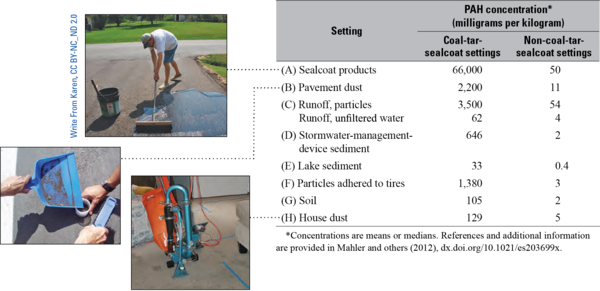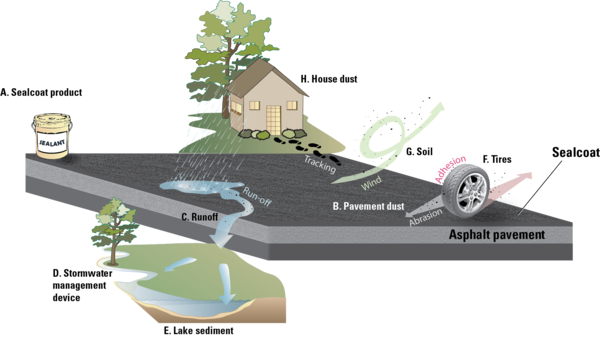An ecologist uses a net to collect a sample of aquatic invertebrates
An ecologist uses a net to collect a sample of aquatic invertebratesAs part of the Regional Stream Quality Assessments (RSQA), hydrologists, ecologists, and technicians did ecological surveys of aquatic biota and stream habitat. Here, an ecologist uses a net to collect a sample of aquatic invertebrates for ennumeration and identification.

































